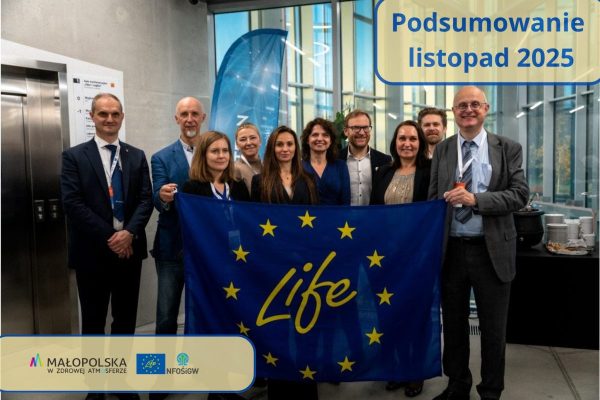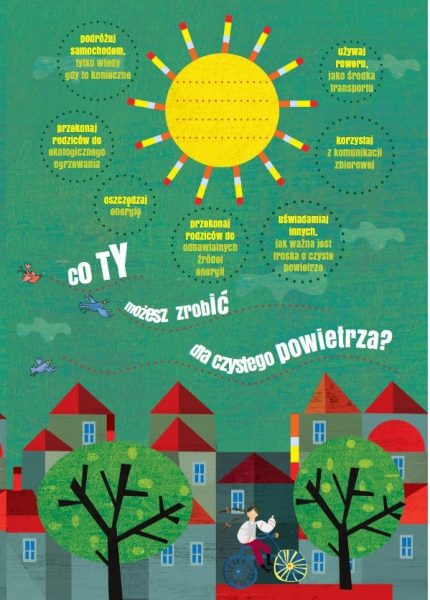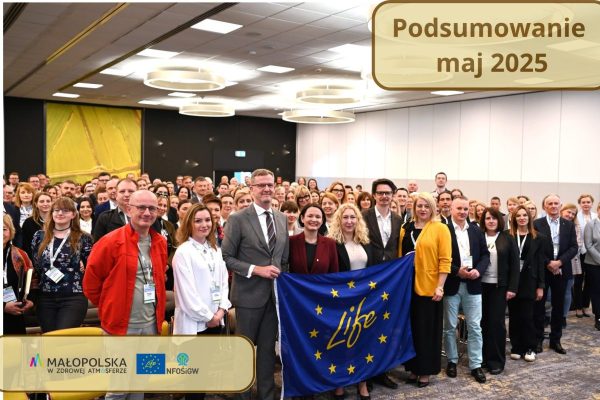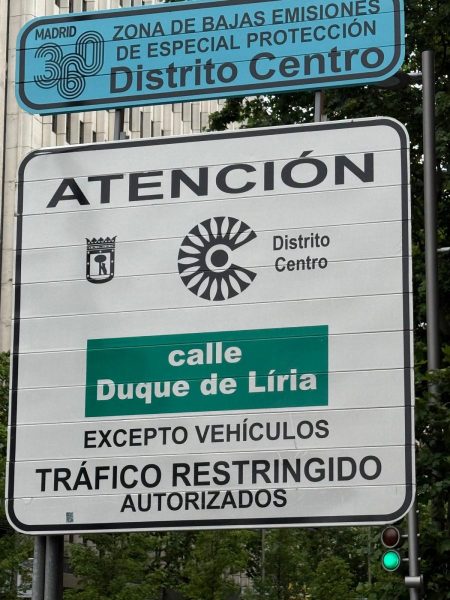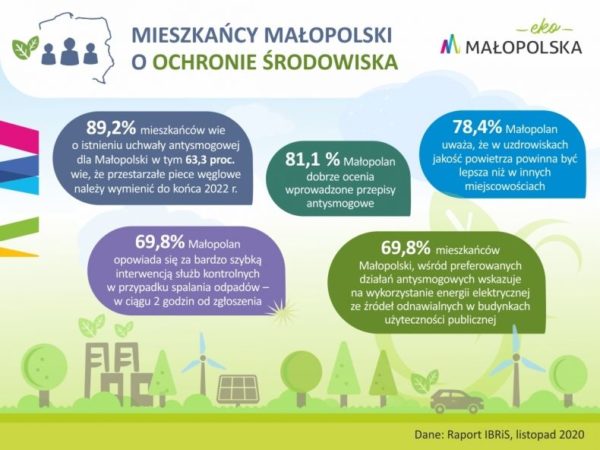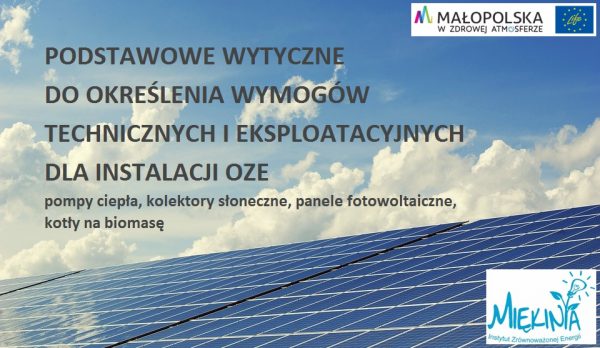A new look at emissions testing
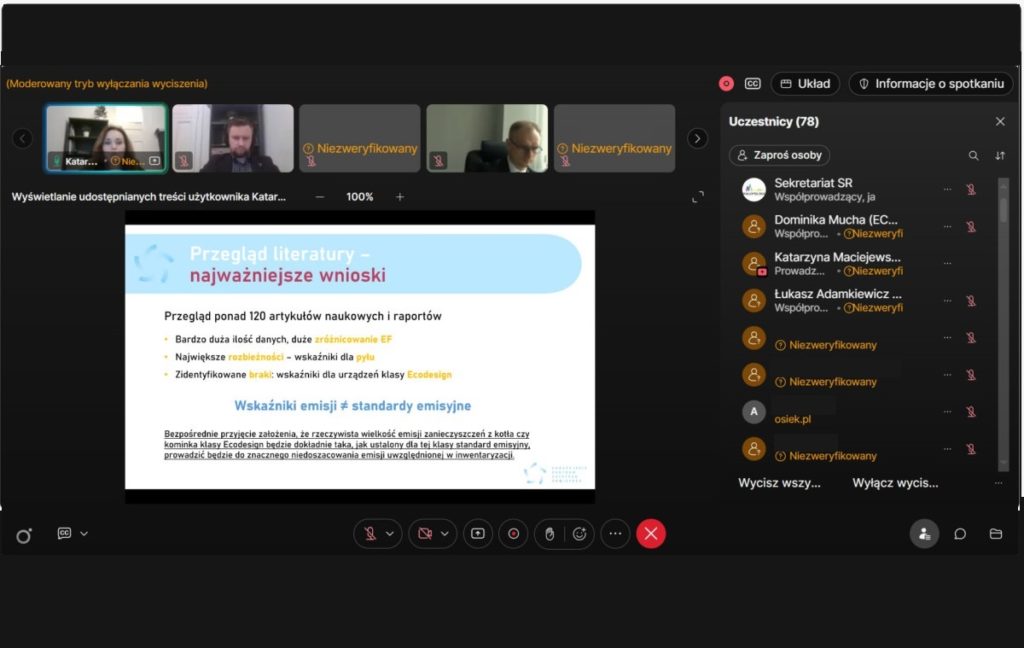
More than 80 representatives of local authorities, Eco-advisors, Climate and Energy Advisors took part in an online meeting with the authors of the report “What do actual emissions depend on?”. The report, developed by the Warsaw University of Technology, the Institute of Environmental Protection – National Research Institute and the European Clean Air Centre Foundation, focuses on important aspects related to actual emissions.
The expert report sheds new light on emission factors. This is of key importance for modelling pollution and creating Air Protection Programmes
stressed Tomasz Pietrusiak – Deputy Director of the Department of Environment.
Łukasz Adamkiewicz presented the assumptions of the latest tests and analyses. Katarzyna Maciejewska, then explained the differences between certification tests, based on the heated filter method, and actual emission tests, conducted in a dilution tunnel. A key conclusion of the analyses is that actual dust emissions from solid fuel burning appliances are higher than those resulting from certification tests.
The authors of the report also recommend:
In terms of fuel quality:
restore quality standards for coal, including the introduction of a sort, taking into account the requirements of manufacturers of class 5 boilers and ecodesign, introduce quality standards for pellets, observe the humidity parameters of burnt wood in accordance with the requirements of anti-smog resolutions, and
striving for the introduction of nationwide quality standards for firewood.
In terms of appliance output:
installing a water storage tank (heat buffer) to enable the boiler to operate at a parameter close to its nominal output, which is particularly important for manual feeder units, selecting the output of the heating appliance for typical rather than extreme conditions of energy demand in a building.
In terms of operating mode:
preferably subsidising the replacement of old boilers with automatic devices (mainly due to their much less frequent firing phases compared to manually loaded devices),
use of the appliance in accordance with the technical documentation, particularly when firing up.
Summing up the presentation, Dominika Mucha emphasised that, thanks to close cooperation with scientific institutions and laboratories, the Foundation had made it possible to produce an objective emissions research report. The developed recommendations were discussed by the participants, opening a new chapter in environmental protection activities.


